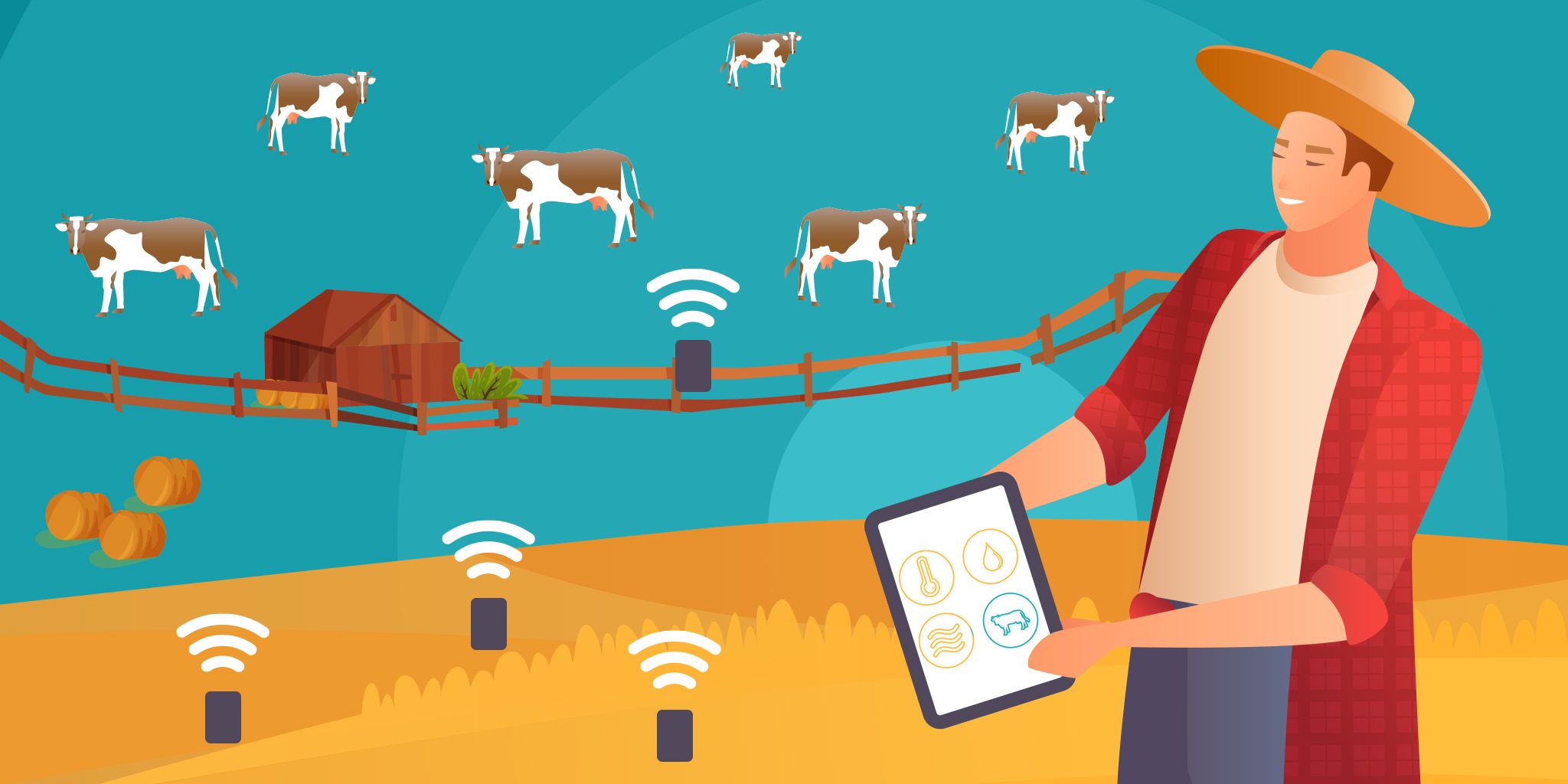IoT-Enabled Automation in Lawn Mowing: Why Businesses Are Shifting Their Focus
IoT-Enabled Automation in Lawn Mowing: Why Businesses Are Shifting Their Focus
- Last Updated: December 2, 2024
Richard Evans
- Last Updated: December 2, 2024



A Brief History of Lawn Mowing
Lawn mowing has not always been a regular part of society or life in general. Formal lawns date back to the 1700s in France and were initially tended to by grazing animals or hand-cut with shears or scythes, per Briggs and Stratton. But it was not until the mid-1800s that the first mechanical lawnmower was introduced in England, and it was initially a tool that was made for/used for cutting carpet. Even then, it was several decades until the first human-powered push mower was popularized and brought to the United States. Lawn mowing technology moved pretty quickly in tandem with other machinery advancements during the American Industrial Revolution in the late 1800s and early 1900s. Over the intervening century, the lawnmower has progressed from horse-drawn to fuel-powered, becoming lighter and more compact until it reaches its more recognizable current iteration. The next progression in lawn mowing may see it moving away from human-powered mowing entirely into automated technology.
Automation in Lawn Mowing - How and Why?
The first question that springs to mind is, "What does automation look like in lawn mowing?" It consists of robotic mowers following automated processes to travel routes specified by geo-mapping or wire-directed layouts. This model comes as an answer to the drop in the lawn care business workforce and the narrow profit margins that these businesses operate on and through (lawn mowing businesses are typically small companies with high growth-risk and low margins). With uncertain profitability and a shrinking workforce, businesses have to look for alternative solutions while still maintaining their current workload, all while attempting not to spread themselves too thin. Autonomous lawn mowers serve as a solution to the labor shortage and an equipment investment that can reduce labor costs. Some of the models of process-automated robot mowers offered by Husqvarna, RoboMow, and Gardena are used on the grounds of hotels, resorts, office complexes, and more. These mowers all aim to address the root causes of the demand for automation in lawn care.
Automation can help the landscaping industry cut costs and avoid spreading their shrinking workforce too thin. Robot mowers can free up landscapers to focus on gardens, trees, and lawn health.
With that being said, there are other reasons why the landscape is shifting towards automation in lawn care. Additional benefits include reducing air and noise pollution, improving worker safety, and addressing the aforementioned worker shortage. Many lawn care employers are outspoken about the issues in remaining profitable being interlinked with needing workers and paying associated costs such as worker healthcare and training. Automated robot mowers seem inevitable for many business owners as technology in related fields continues to advance with paradigms like smart farming and products such as robot vacuum cleaners.
Robot Mowers: Pros and Cons
The frontrunner in the automated mower space is undisputedly robot mowers, like the models mentioned above. These seem to be the go-to solution due to their compact nature and sophisticated features like pre-determined pathing, smart operations (programmatically determining what time is best to cut, when to recharge, etc.), reduced noise when cutting, fully electric power supply, and low power consumption when recharging. They are also becoming more widely available, utilized, and accepted. With that being said, they are valid reasons both to adopt automated mowing products and to continue with a traditional mower.
Pros
The advantages of robot mowers are similar to their counterparts in the automated cleaning space: they are on-demand and perform the menial task of keeping up with the bulk of the lawn, which in turn frees up the human workers to perform the more sophisticated work of planting, gardening, patio building, etc. This allows owners of a lawn mowing business to allocate their limited labor force to other facets of business with higher margins. Robot mowers also have shorter maintenance periods than a combustion engine mower, freeing up more time for companies to allocate elsewhere while maintaining or even growing their number of properties/customers serviced. Two of the most significant benefits of robot mowers come in how eco-friendly they are (by nature of being fully electric with no fossil fuel emissions) and their low level of noise production, both of which are ever-growing concerns of consumers worldwide.
Cons
One of the reasons lawn care businesses are hesitant to bring robot mowers into their arsenal is the demand for striping of the lawn. A traditional mower in the hands of a landscaping professional can be used to stripe the grass as it cuts. Still, robot mowers need to be carefully pathed to produce a similar effect, and they lack the feedback tools to determine if the striping was done correctly. Depending on the business region, striping is a bigger deal in some places than others; however, it is still a concern of the robot mower being adopted fully into lawn care. With that being said, as advancements in the industry are made, it is expected that robot mowers will gain this capability. Another con mentioned by Green Industry Pros is the wheel tracks that the mowers leave behind, making the cut look disorganized and imperfect. Lastly, one of the most pervasive drawbacks is the price currently associated with them. While they utilize simple machinery, they are still a niche product, so those few companies specializing in them can sell them at higher prices (per LawnStory).
What’s Next
Ideally, we see increased production from the current companies that offer automated lawn mowing products, as well as more companies producing robot mowers to make it more affordable for landscaping businesses to adopt. The COVID-19 pandemic has highlighted how companies and industries can be disproportionately affected and how volatile the available workforce is. Automation in lawn care and robot mowers are definitely on the rise and growing in the public consciousness, so we can expect them to hit more markets and businesses over time as the technology develops.
The Most Comprehensive IoT Newsletter for Enterprises
Showcasing the highest-quality content, resources, news, and insights from the world of the Internet of Things. Subscribe to remain informed and up-to-date.
New Podcast Episode

IoT and AI in 2026
Related Articles





